The purpose of this document is to provide guidelines to create a plan for local emergency communications using General Mobile Radio Service (GMRS) radios. We recommend that you print this document and the webpages referenced, purchase your radios, and begin to practice with them as soon as possible. It is also wise to take notes on any videos you watch. An index is provided on page 6.
Important: We explain why GMRS is a good option for many people, however, learning to use radio technology is by nature a very self-directed effort. Unlike cell and landline phones, there are no technical support groups to call about programming or using your radios. Further, GMRS radios are not considered ham (amateur) radios because they operate on different frequencies and under different Federal Communications Commission (FCC) regulations; therefore, most ham radio clubs do not directly support GMRS. Please carefully consider these factors before you purchase radios.
1. Why should I have an emergency communications plan that includes radios?
In the event of local or regional power, phone and/or Internet outages, you may find it impossible to reach your family and friends. An emergency radio communications plan that you have prepared in advance can help you reconnect with your loved ones to request assistance or check on their status. There are distance limitations that depend on many factors. (See sections 10 & 14.)
2. How can I prepare an emergency communications plan? Review this entire document, then:
- Create a list of the people you will want to contact when an emergency occurs. These people should be within a few miles of your location. (See section 13.) Give each person a GMRS radio and a copy of your plan. People who are not covered by your family license should obtain their own license. (See Sections 5 & 6.)
- Identify a channel for members to monitor, such as 16. You should also identify a secondary channel if the primary channel is busy with someone else’s conversation.
- Identify specific time(s) to monitor and transmit/talk (such as, every X hours starting at Y pm, monitor your (primary) channel Z for five minutes. Having prearranged call times enables you to turn off your handset and preserve the batteries.
- Program the radios beforehand. For family members, you can place a sticker on each one with the FCC callsign you receive with your GMRS license.
- Print out your plan, including contact names, primary and secondary channels, and timeslots to use in an emergency. Laminate the plan and give it to each contact. Ensure each person also has printed instructions on how to use the radio.
- Assess your plan by trying it out. Tell your contacts to ‘meet’ you at a specific time on a specific channel. Take turns speaking into the radios. Make note of whom you can reach and where you are when you do so. Even using repeaters, some people will be beyond your radio’s range.
- Encourage everyone to continue practicing with their radio, and to place it where they can easily reach it in an emergency.
For more information on how to create an emergency communications plan, go to:
- How To Make a Family And Group Emergency Radio Communications Plan – Livestream > (Start at 14:20.)
- Emergency Communication Preparedness – An Introduction >
- A Prepper’s Guide to Communicating in an Emergency >
A note about privacy: Conversations on radio channels/frequencies are not private, so be cautious about sharing information because others may be listening in without your knowledge. Also, it is unlawful for unauthorized persons to use encryption.
3. What is General Mobile Radio Service (GMRS)?
- GMRS is a licensed radio service for short-distance, two-way voice communications. If you walk into a department store and purchase a walkie-talkie, you purchased a GMRS or FRS radio. GMRS frequencies operate in the UHF range which perform better in wooded environments, around town, or any situation where there are obstructions. You are required to obtain a license to transmit on a GMRS radio. It is primarily for family members to communicate to each other, or other licensed users to talk to each other. Source >
- The General Mobile Radio Service (GMRS) is a licensed radio service that uses channels around (the frequencies of) 462 MHz and 467 MHz The most common use of GMRS channels is for shortdistance, two-way voice communications using hand-held radios, mobile radios, and repeater systems. Each licensee manages a system consisting of one or more transmitting units (stations.)
- None of the GMRS channels are assigned for the exclusive use of any system. You must cooperate in the selection and use of the channels to make the most e ective use of them and to reduce the possibility of interference. Normally, you and your family members would communicate between yourselves directly or through a repeater station. Source >
- You can find more information here >
4. Why should I choose GMRS (General Mobile Radio Service) radios?
The CORAC Communications team recommends GMRS as an alternative technology to connect families when phones and the Internet are unavailable. GMRS radios:
- Are able to connect people within one to 25 or more miles of each other (see section 14);
- Require no exam to obtain a license for the whole family, and the license is inexpensive (now only $35);
- Have a shorter learning curve compared to UHF/VHF ham (amateur) radios and other options; and
- Operate at higher power and with a longer range compared to Family Radio Service (FRS) radios, while still being compatible with them.
Please review the chart on slide 11 of the CORAC Communications Team presentation on radio basics for an excellent overview of radio technologies and to make sure GMRS is right for you. Presentation >
Handheld GMRS radios are the smallest, most portable, and cost-e ective among the GMRS model types, therefore you may want to start with handheld radios. However, if you are more than ten miles away from GMRS repeaters (see section J) you may want to purchase a base station GMRS radio and a better antenna, rather than a handheld model.
Most Powerful 10 Best GMRS Base Station Radio 2022 (includes handheld, mobile and base models)
5. Why do I need a GMRS license, and how do I get one?
The FCC requires you to have a GMRS license to regulate the frequencies that are used by two-way radios. Before operating a GMRS radio, a consumer must have a valid license. Any radio using the shared FRS/GMRS frequencies that is able to transmit above 2 Watts of power was reclassified as GMRS only after the recent FCC Changes in September 2017. GMRS licenses are authorized to those 18 years and older by the FCC. The cost is $35. You can learn how to get your license here >
6. With whome may I share my license?
Your family members may operate under your GMRS license. The family members are defined as spouse, children, grandchildren, stepchildren, parents, grandparents, stepparents, brothers, sisters, aunts, uncles, nieces, nephews, and in-laws.
7. What radio should I choose? GMRS radios are available in handheld, mobile, base, and repeater models. Most people purchase handheld models when they start out due to their low cost, portability, and simplicity. Be sure to compare features and prices and check to make sure that the radio is certfied by the FCC for use on GMRS frequencies. (Most VHF/UHF amateur radios cannot legally be used for GMRS.) We recommend that you purchase at least two radios for yourself, plus additional units to share. Consider buying extra batteries, and a headset for comfort. Here’s a partial list of possible GMRS radio options:
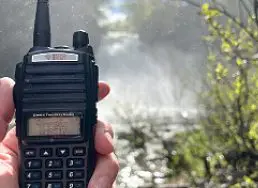
Figure 2: With the BTech GMRS-V2, you can quickly add or edit up to 200 GMRS or NOAA channels.
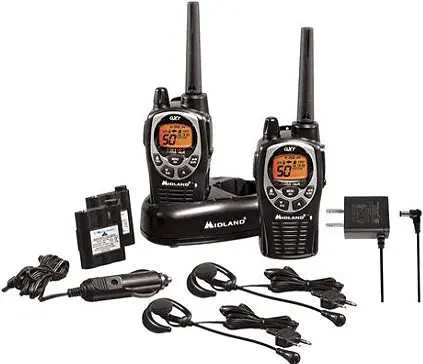
Figure 3: Midland GXT1000VP4 GMRS radios are packaged with rechargeable batteries but can also use four AA batteries.
8. Can I use Baofeng UV-5R and Baofeng BF-F8HP radios on GMRS channels?
NO, the FCC prohibits the use Baofeng UV-5R and Baofeng BF-F8 HP radios on GMRS channels/bands, even if you have a GMRS license or a ham radio license. These two VHF/UHF radios can only be used by licensed ham radio operators on the ham VHF/UHF bands, not the GMRS bands.
9. What channels are available on GMRS radios?
GMRS radios have twenty-two channels, which are pre-assigned and pre-programmed shortcuts to radio frequencies. Here’s a link to a list of the channels with their associated frequencies: FRS GMRS Frequency Chart >
You can also program frequencies associated with local repeaters and services such as the National Oceanic and Atmospheric Administration (NOAA) for weather. NOAA Frequencies >
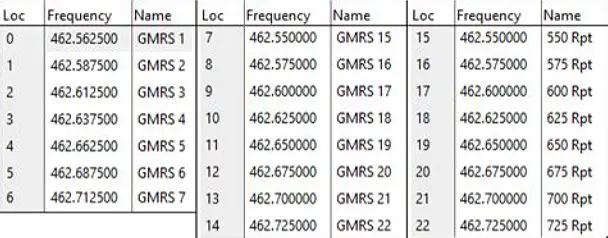
Figure 4: GMRS channels are assigned to specific frequencies.
10. What are repeaters and why do I need them?
A repeater is a radio system that receives a signal and re-transmits it at another frequency in realtime, enabling your signal to reach people at a greater distance. You can look up GMRS repeater lists on the Repeater Book website. A 10- mile radius is a good place to start when you are identifying which repeaters to program into your radio. Repeaters are privately owned and the FCC rules do not allow an owner to charge for services. However, service can be restricted to members who donate to the repeaters upkeep. Most are open with no fee for all licensed users. You can find GMRS repeaters here >
To learn more, please review this video: How To Use A GMRS Repeater – How To Find A Repeater, AND GMRS Repeater Rules AND Etiquette >
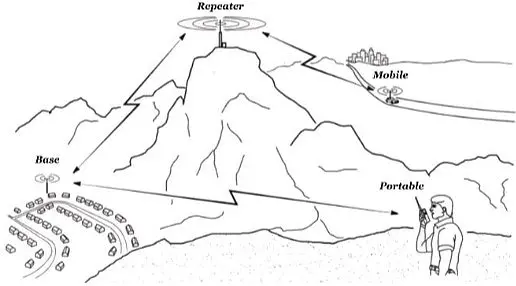
Figure 5: GMRS communications can include portable (handheld), base, repeater, and mobile stations. Using repeaters can help your radio signal travel farther. Image source >
11. How do I program repeaters on my radio?
Programming instructions are speci c to your radio, so please refer to the user guide. This video may also be helpful: How To Program A GMRS Repeater On Your GMRS Walkie-Talkie – Step by Step How To Connect A Repeater >
12. How can I learn how to use my radio?
We recommend that you refer to the user guide and any webpages or videos that apply to the radios you have selected to learn how to use them. Be sure to print out pages and take notes. If you have Midland radios, you can view this video: How to Set Up Your Midland Walkies >
13. How far can my radio signal reach?
The distance your radio signal will reach will depend on many factors, including the quality and speci cations of the radio, the antenna, whether two radios are within line of sight of each other or if obstacles such as buildings or mountains are in between, and whether repeaters are used. In general, the range may be anywhere from one to twenty- ve miles or more, but there are no guarantees. You will need to test the radios at the specific locations where they will be used to gain the best understanding of how far your signal will reach. See also GMRS Radio Range Chart >

Figure 6: Your signal will reach farther if there are no hills or tall buildings between you and your contact.
14. Why do I need to practice with my radio?
Imagine what would happen if you did not practice with your radios before you find yourself suddenly in the dark after a major storm. The power is out for three days, and you do not know when it will be back on. Your cell and landline phones are not working, nor is the Internet. How are you going to find out what is going on with your family members? You can take your radio out of the box, but do you know how to reach someone, and when? How will you know if anyone is listening at that time? Your options will be extremely limited. Having an emergency communications plan, sharing it with your contacts, and practicing with your radios will give you much more confidence and peace of mind when other communications technologies fail.
15. How can I keep my radio batteries charged during a power outage?
Handheld devices are usually sold with a charging station and power cord to recharge the radio battery via an A/C outlet. When the power to your home goes out, you will need backup power, such as a power station containing a larger battery that you have kept fully charged. Many companies sell generators containing batteries that are charged via AC outlet, solar panel, or car port.
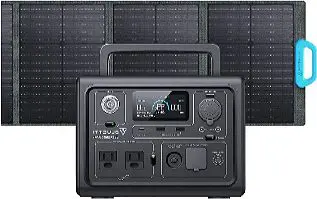
Figure 7: A power station with a solar panel can provide backup power to recharge the batteries in handheld radios and other small electronic devices. Brand shown: Bluetti
16. What should I do if I need technical assistance with my radio?
Learning to use radios is by nature a very self-driven effort. Unlike cell and landline phones, there is no technical support group to call with questions about programming or using your phones. If a radio is broken and still under warrantee, contact the manufacturer. If you purchased the radio from a radio outlet, you may be able to submit an inquiry at the outlet.
If you have specific questions that are not answered in this document, you can submit them to the CORAC Comms Helpline Signal group. If you do not already have access to Signal – Private Messenger on your phone and PC or Mac, go to: Signal Download >
Once Signal has been installed, you can access the CORAC Comms Helpline Signal group by clicking here >
17. Where can I find more information?
The internet is your best resource to learn about GMRS radios and emergency communications planning. Seek out answers to your radio questions on www.duckduckgo.com or YouTube. We urge you to print what you can and take notes. The Ham Radio Crash Course YouTube channel is a great place to learn more: Ham Radio Crash Course >
Communicating with radios requires patience, experimentation, and persistence. May God bless you as you as you prepare your family’s emergency communications plan!
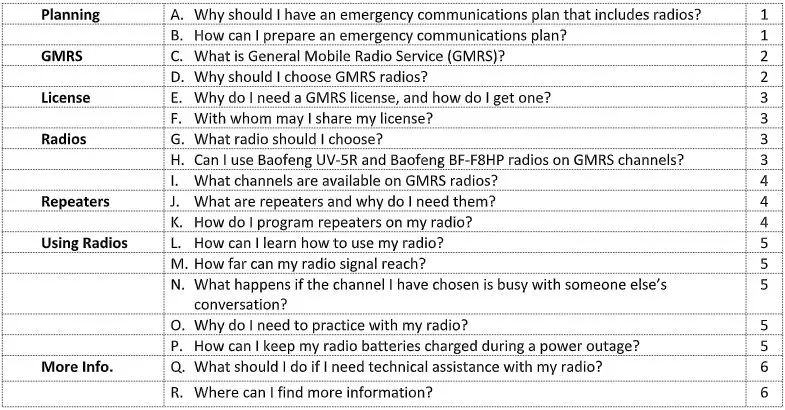
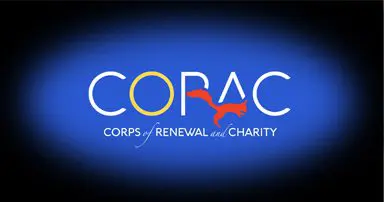

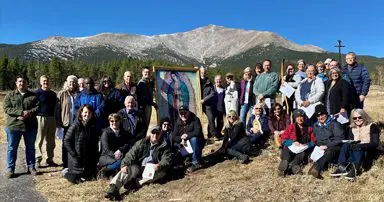
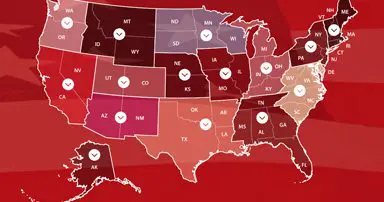



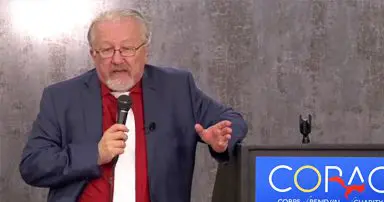
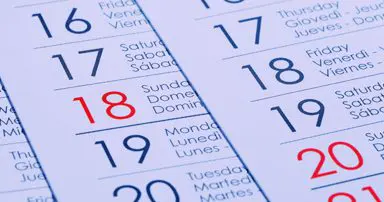










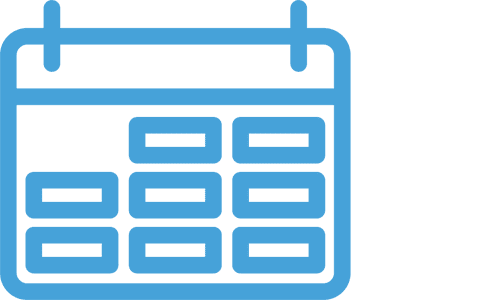





Sheryl’s GMRS Network should be the Model for all communities. Additionally, there are GMRS repeaters which greatly expand the signal coverage area for a community. The National Communications Team can assist with information regarding deploying a GMRS repeater system.